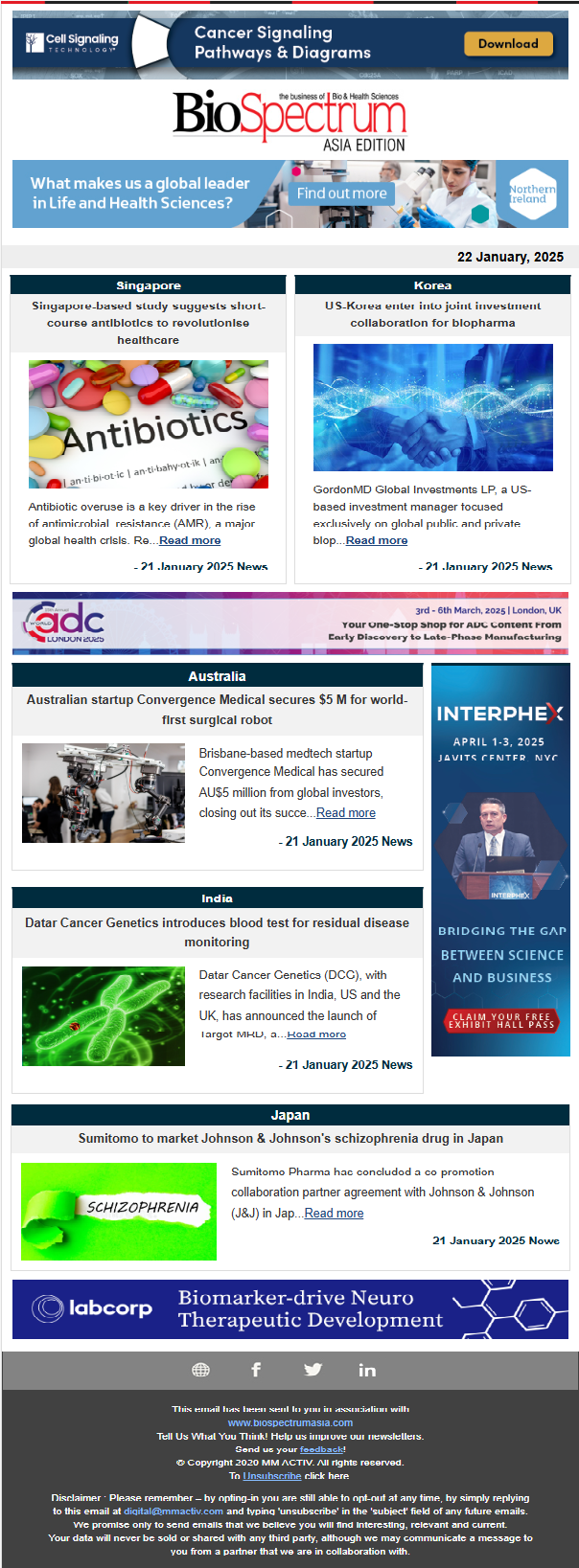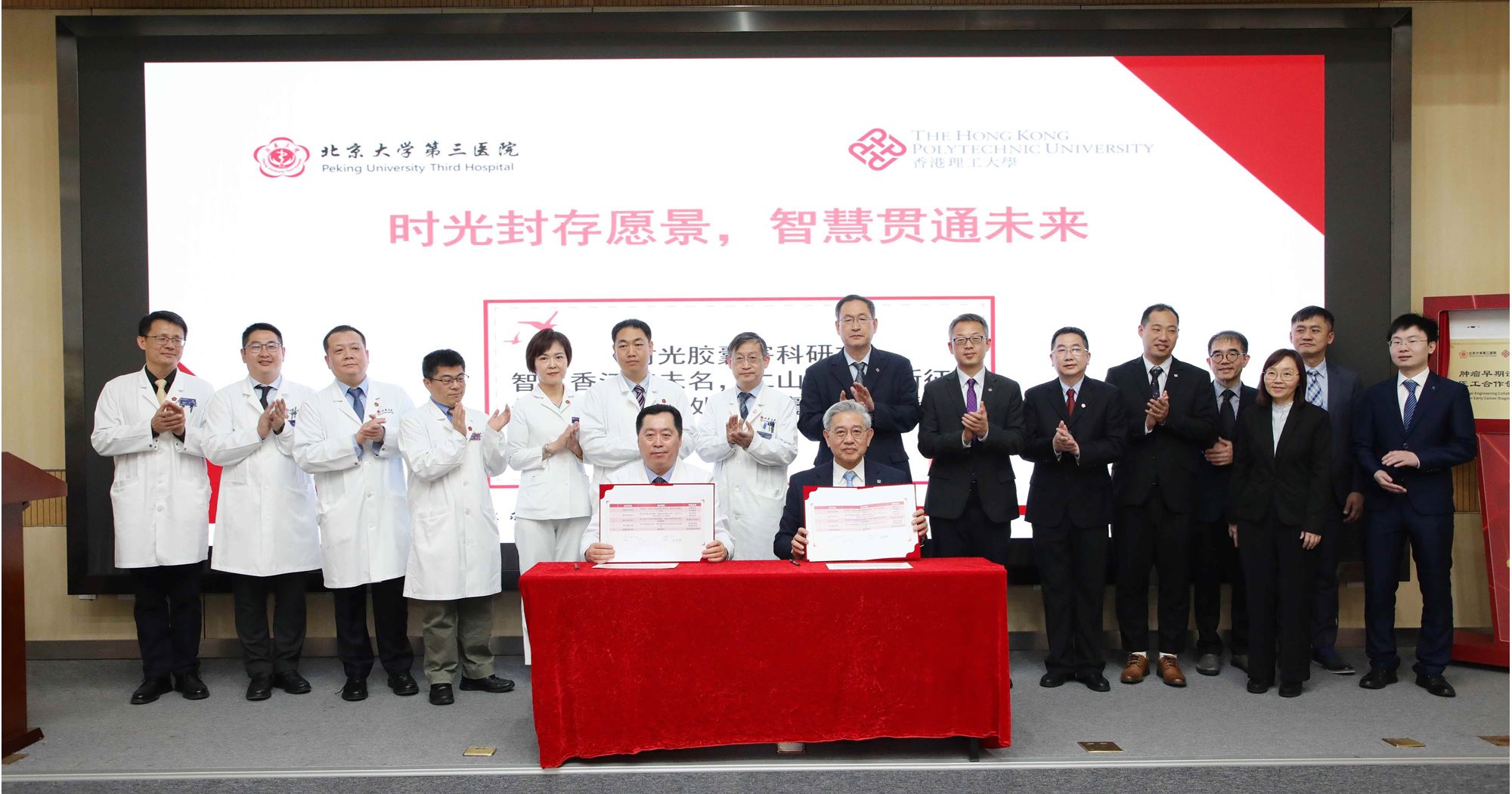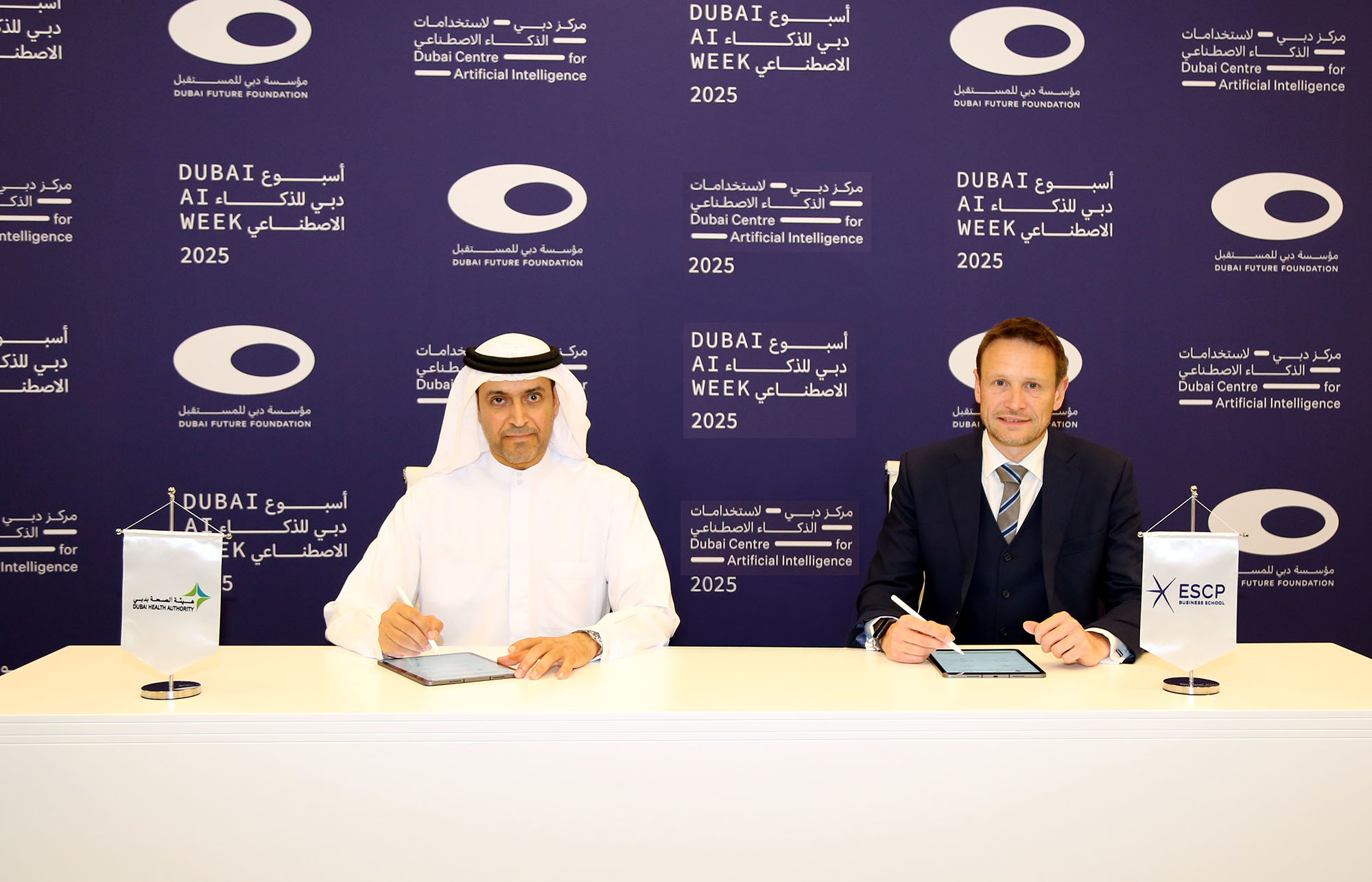
Increasing sophistication and technology advancements has lead to the development of affordable and simplified mass spectrometry capable of running quicker analyses with higher sensitivity
Agilent Technologies, which was founded in 1999, is synonymous with the R&D of liquid chromatography/gas chromatography/mass spectrometry (GC-MS) equipments. It is accredited with the development of some of the most innovative GC-MS devices including the first bench-top inductively coupled plasma/mass spectrometry (ICP-MS) in 1994 and the first bench-top quadruple liquid chromatography/mass spectrometry (LC-MS), 1100 Series LC-MS in 1997.
The evolution of the company's gas chromatography is a reflection of the changing industry needs and the global requirement for better instrument sensitivity, faster analyses times, more accurate identification, and reduced operational costs.
The use of mass spectrometers as the detectors in gas chromatography dates back to the 1950s. Over the years, with increasing sophistication and technology advancements, measurement companies achieved breakthroughs leading to the development of affordable, simplified mass spectrometry that were capable of running quicker analyses with higher sensitivity. In the 1970s, there was an urgent need for instruments to detect nitrogen containing compounds as the use of anabolic steroids became widespread. Agilent's gas chromatography and mass selective detector (GC-MSD) has been deployed to testing facilities across the world to support some of the world's most prestigious sporting competitions. In 1972, the company supplied instrumentation to the lab serving the first Olympic Games at which testing were required. Since then, the company has played a role with drug testing labs serving the Olympic Games as well as major events such as World Cup Soccer and the Tour de France.
In the 2000s, members of environmental protection agency (EPA) and public health agencies became increasingly concerned with risks associated with the use of pesticides. In response to the increasing needs of biotechnology companies to test for pesticides in fruits and vegetables at the parts per billion level, Agilent Technologies launched the world's first triple quadrupole gas chromatography/mass spectrometer (GC-QQQ MS/MS) in 2008. The new 7000A series was specially designed to make femtogram-level sensitivity and high-speed MRM accessible to a wide range of commercial and government users.
In view of the shifting industry needs, Agilent Technologies introduced the first quadrupole time-of-flight gas chromatography / mass spectrometry system in 2011 for biotechnology companies to conduct structural studies on street drugs. The Agilent 7200 GC/Q-TOF delivered a new level of chromatographic and spectral resolution to a wide range of biological and chemical analyses. It helps in challenging applications such as when the masses of target compounds were extremely similar and sample matrices were too complex. To date, no other measurement company had launched a similar product to the GC-QTOF.
Agilent's liquid chromatography/MS devices are a trend setter
Liquid chromatography (LC)/MS is widely used for peptide and glycoprotein mapping and in other protocols that require very high sensitivity and selectivity. In 2005, the company achieved a breakthrough in LC-MS with the launch of the first high-performance liquid chromatography (HPLC)-chip/mass spectrometry system, which significantly increased the speed, ease and productivity in proteomics and glycomics research.
Agilent later added its proprietary Ion Implantation (II) technology to the second generation HPLC-Chips, extending life expectancy beyond 1,000 injections, thus helping the biotech firms to benefit from lower cost-per-experiment and enhanced chip-to-chip and run-to-run reproducibility.
In 2010 and 2011, the company improved the process of atmospheric pressure ion sampling with the launch of the 6490 Triple Quadrupole LC/MS System and the 6550 Quadrupole Time-of-Flight LC/MS system with iFunnel technology, driving huge sensitivity gains for most applications. This new system not only had a 25 percent smaller footprint than previous models, but also boasted a sensitivity specification that was 10 times higher than previous models.
Inductively Coupled Plasma/MS is the new future
Back in the 1990s, the inductively coupled plasma (ICP)/MS market was driven by non-biotechnology sectors such as the semiconductor as well as the environment and geology sectors to detect metals and atoms. ICP/MS is now used in forensics, pharmaceutical, life sciences and more recently, nanotechnology studies. In view of this shift in industry focus, Agilent Technologies entered into various research collaborations to study the impact of metals on biological systems, such as the role of metal compounds as predictors of stroke damage. The company partnered with the University of Technology Sydney (UTS) to establish a research facility aimed at developing new methods of imaging small amounts of metals, trace elements and other elements in tissues. This new field of study is termed 'metallomics' and bioelemental imaging.
Industry recognition
Agilent Technologies' continued innovation has been widely recognized by the biotechnology, academic research and chemistry community. The company's 8800 ICP-QQQ was recently named the Best New Spectroscopy Product in the 2012 Scientists' Choice Awards. Today, the 8800 ICP-QQQ is the only instrument of its kind that provides superior performance, sensitivity and flexibility when compared with single quadrupole ICP/MS technology, delivering consistent and reliable results even when sample composition is complex or variable.




